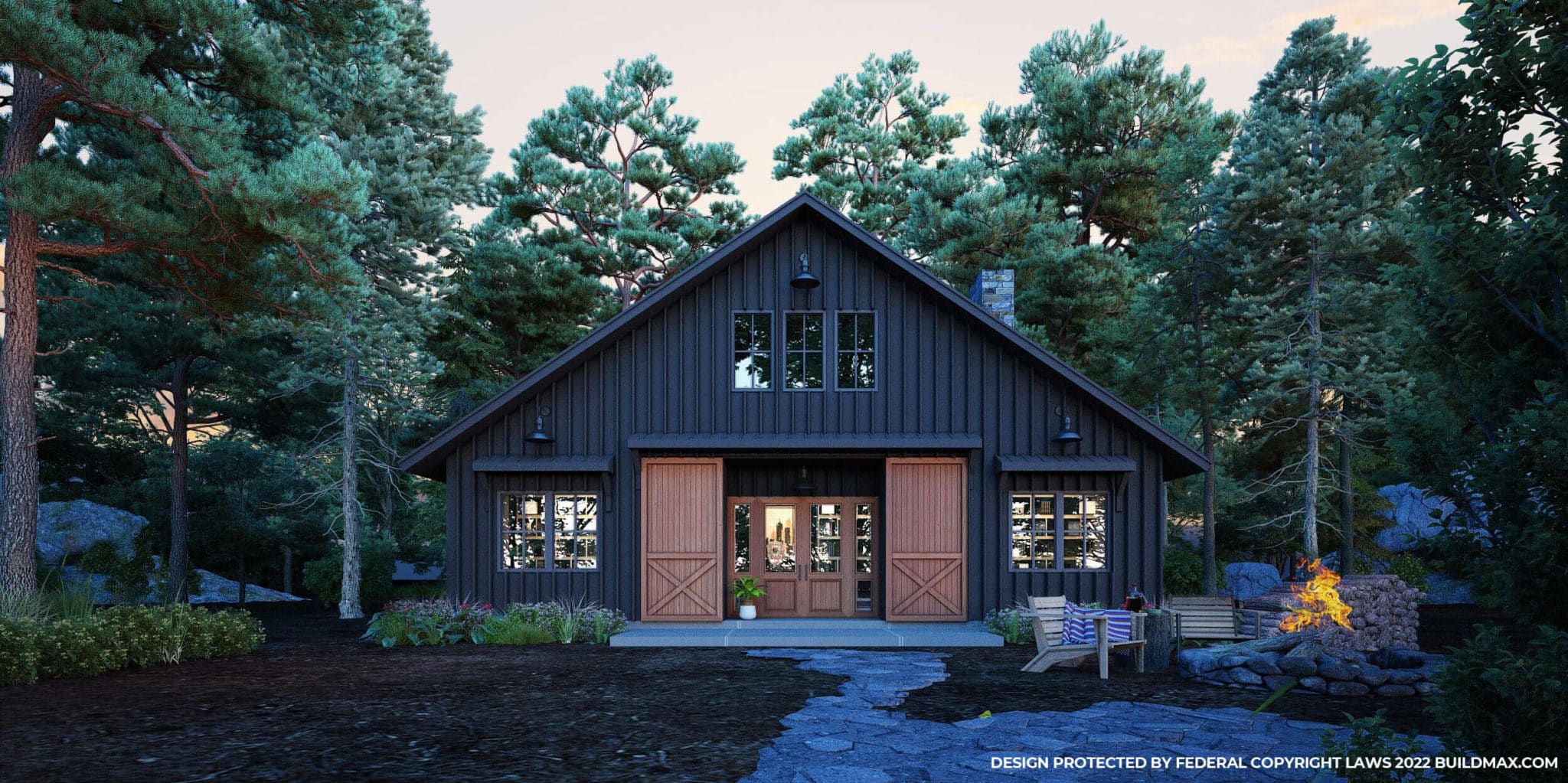Barndominium Repair Specialists: Professional Help for Your Barndominium
Wiki Article
Barndominiums Vs. Standard Houses: an In-depth Contrast of Way Of Life and Performance
The decision between barndominiums and traditional homes encompasses various factors, consisting of lifestyle preferences and functional needs. Barndominiums are identified by their open designs and versatility, typically attracting those who focus on public living and adaptability. On the other hand, standard homes use a more structured setting, which might better offer family members seeking privacy and a feeling of background. As we analyze the cost effects and ecological considerations, it comes to be clear that the option extends past simple aesthetic appeals and functionality; it welcomes a deeper expedition of what truly specifies a home.Summary of Barndominiums
Barndominiums, a novel housing pattern getting popularity across different regions, blend the rustic appeal of barn-style architecture with the functionality of modern home. These special frameworks normally are composed of a steel or timber structure, incorporating open flooring strategies and high ceilings with energy-efficient attributes. Usually positioned on large country properties, barndominiums offer homeowners the possibility to enjoy a serene way of living while giving enough room for different activities.
The flexibility of barndominiums extends past their visual charm; they can work as both living quarters and useful rooms for pastimes, workshops, or perhaps small businesses. Their flexible style permits easy modification, fitting diverse family members requirements and choices. Lots of owners value the reduced maintenance needs connected with metal house siding and roof, contributing to lasting toughness.

Features of Traditional Houses
Stressing classic design and comfort, standard homes are identified by their distinct architectural styles, which typically mirror historic influences and regional appearances. Common functions consist of balanced exteriors, gabled roofs, and an emphasis on craftsmanship, leading to a warm and welcoming atmosphere.Conventional homes commonly include components such as crown molding, wainscoting, and wood floor covering, boosting their classic appeal. They generally feature several spaces with defined functions, advertising family interaction while permitting privacy. click here. The format usually includes formal living and dining areas, which are conducive to amusing guests and hosting family gatherings
Exterior materials such as block, timber, or stone are often used, adding to toughness and a sense of durability. Barndominium builder. Additionally, many conventional homes are developed with front patios or stoops, fostering a sense of community and link with the area
Landscape design plays a substantial duty in standard home style, with well-maintained gardens and paths that boost visual charm - click here to view. On the whole, typical homes personify a feeling of fond memories and security, attracting those who value heritage and a more organized living atmosphere
Expense Comparison
Generally, a cost comparison in between barndominiums and typical homes discloses considerable differences in construction expenses and total financial investment. Barndominiums, commonly built from metal or steel frameworks, usually incur lower product and labor expenses than conventional homes built from timber and block. The simplified layout of barndominiums can convert to decreased construction times, further lowering labor expenses and accelerating tenancy.Generally, the cost per square foot for a barndominium varies from $100 to $150, while standard homes can vary extensively, normally falling in between $150 and $300 per square foot, depending upon location, products, and design intricacy. This cost variation makes barndominiums an attractive alternative for budget-conscious buyers looking for larger living rooms without compromising quality.
Furthermore, barndominiums may cause long-term financial savings through reduced maintenance expenses, energy efficiency, and insurance coverage rates. Their resilient building and construction materials usually need much less upkeep gradually compared to standard homes. Nonetheless, it is vital to take into consideration that while preliminary prices might be reduced for barndominiums, the final financial investment will certainly likewise depend upon specific personalization and preferred features, which can influence the total expenditure in both real estate kinds.
Way Of Living and Area Considerations
When considering lifestyle and room, barndominiums provide a distinct flexibility that allures to a selection of homeowners. These hybrid structures combine property coping with useful room, often featuring open floor strategies that can be adjusted to match specific demands. This flexibility is specifically advantageous for families or people looking for a personalized living environment, enabling varied usages such as home workplaces, workshops, or leisure areas.
In addition, the visual appeal of barndominiums can satisfy both rustic and contemporary preferences, making them a versatile selection for different layout preferences (Barndominium repair). Eventually, the choice between a barndominium and a traditional home usually rests on blog here just how well each option straightens with the property owner's way of living goals and spatial needs, highlighting the significance of taking into consideration personal concerns in the decision-making process
Ecological Impact and Sustainability
The ecological influence and sustainability of barndominiums present engaging benefits compared to standard homes. Largely constructed from steel and various other durable materials, barndominiums are usually built utilizing recycled sources, reducing the demand for brand-new materials and lessening waste. Their layout usually stresses open rooms, which can lead to lower power intake for heating & cooling compared to standard homes with even more fractional formats.Furthermore, barndominiums can integrate lasting attributes such as photovoltaic panels, rainwater harvesting systems, and advanced insulation methods, improving their energy effectiveness. The convenience of their layout allows property owners to integrate these innovations a lot more perfectly than in numerous standard homes, which might need substantial retrofitting.
Furthermore, barndominiums frequently require less sources for building due to their simpler, extra effective designs (visit website). On the whole, barndominiums represent a forward-thinking approach to lasting living, straightening with modern environmental priorities.
Verdict
In recap, the option between barndominiums and traditional homes pivots on private way of life choices and useful demands. Barndominiums, with their open layouts and lasting materials, deal with those looking for versatility and public living. On the other hand, conventional homes offer specified spaces that boost personal privacy and support historic looks. Each option offers special advantages, demanding careful factor to consider of one's values and requires when figuring out the most appropriate living environment.Report this wiki page